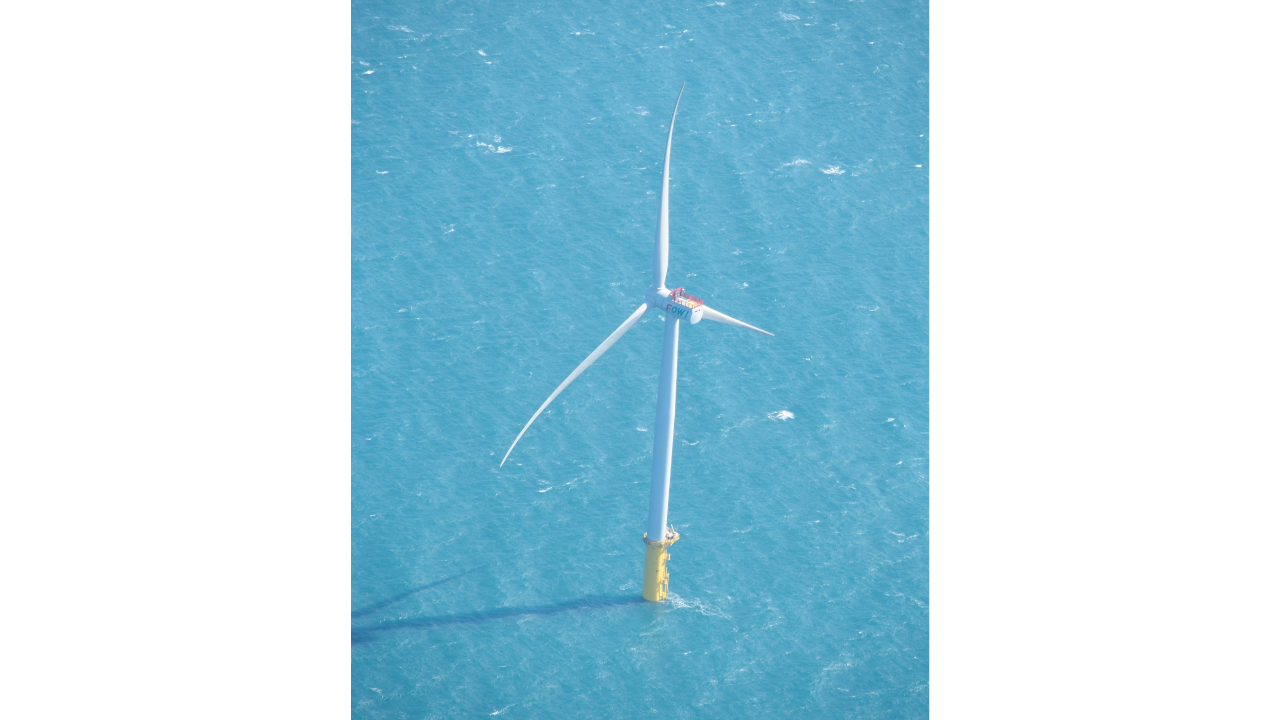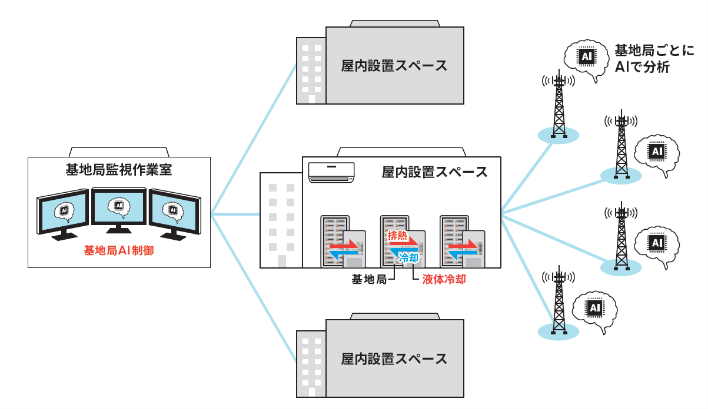Establishing Hydrogen and Ammonia Supply Chain
JERA Co., Inc.
Outline
Thermal power generation is indispensable as a power supply source and adjustment power source in Japan, but it also emits a large amount of CO2. For this reason, it is extremely important to reduce CO2 emissions from thermal power plants in order to achieve Japan's Paris Agreement target of reducing greenhouse gas emissions by 26% by 2030 and 80% by 2050. Therefore, our company is studying a hydrogen co-firing system in order to reduce CO2 emissions from thermal power plants. The hydrogen does not emit CO2 when combusted, and CO2-free hydrogen can be produced by capturing CO2 at the manufacturing stage, or by using renewable energy.
Description
Hydrogen energy can contribute to decarbonization, for it does not emit CO2 when used, and the CO2 at the production stage can be captured, or hydrogen can be produced using renewable energy. Therefore, our company is studying the possibility of introducing hydrogen energy as an energy decarbonization initiative.
In particular, ammonia, which is a hydrogen energy carrier, does not emit CO2 during combustion and can be used directly as a fuel for thermal power generation, so it is considered a promising technology for low-carbon thermal power generation.
Since ammonia can be easily liquefied even under atmospheric pressure, it has high storability and transportability. It is widely used for fertilizers and industrial raw materials, etc., and there are no technical problems in the supply infrastructure. Therefore, it is thought that immediate social implementation is possible. Our company has participated in the "Strategic Innovation Program (SIP)" of the Cabinet Office to investigate the possibility of direct mixed combustion of ammonia in a thermal power plant, and has been studying technical problems.
In order to realize co-firing of ammonia in thermal power plants, it is necessary not only to examine the consumption side but also to establish a series of supply chains such as manufacturing, storage, and transportation, which we are working on.
On the other hand, there are issues in terms of price and certification. There are two types of CO2-free ammonia: Green ammonia, which is derived from renewable energy, and blue ammonia, which is derived from fossil fuels and requires CO2 offset. Both types are more expensive than fossil fuels. In addition to that issue, blue ammonia needs to settle the carbon offset certification problem. Therefore, we will study the establishment of supply chains and the solution of issues for social implementation in cooperation with the government.
As for hydrogen, studies will be made on its consumption, including its use in thermal power plants.
Supplementary information
Feasibility Study under NEDO Program on Ammonia Co-firing in Thermal Power Generation Facility
https://www.jera.co.jp/english/information/20200327_479
Other Innovation Challenges
Development of high-efficiency thermal power plants and renewable energy sources
JERA Co., Inc.
Similar Innovation Challenges
Accelarating the penetration of renewable energy resources with “Open Energy System”
Sony Group Corporation
Achieving net-zero carbon emissions from plant factories using full artificial lighting
Taikisha Ltd.
Advanced technology for buildings providing energy-saving and comfortable indoor environment (under Net Zero Energy condition)
Mitsubishi Electric Corporation
AI control reduces base station power consumption by up to 50%
KDDI CORPORATION







